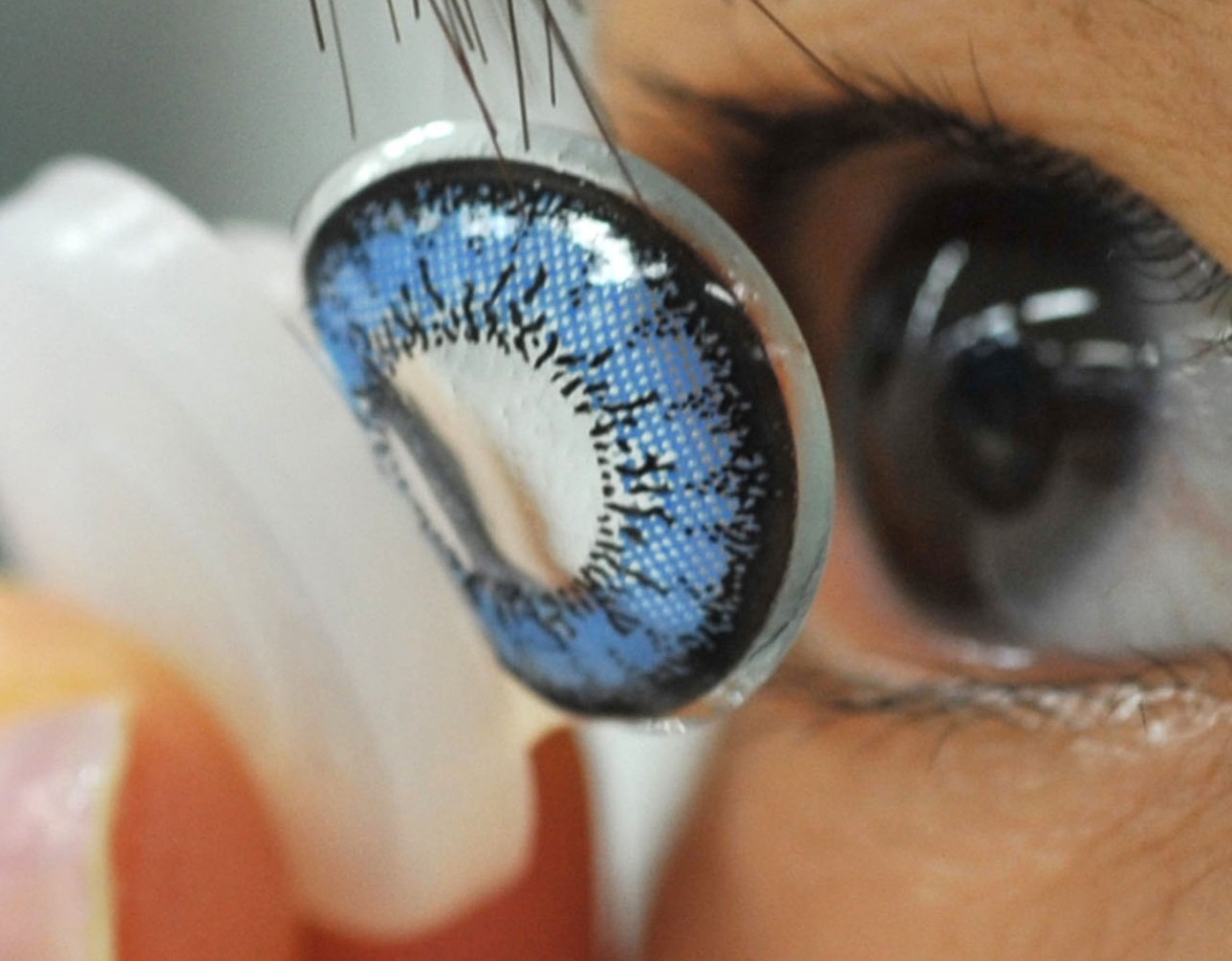
Of all gemstones, the diamond holds a special place in the human heart. Often associated with once-in-a-lifetime events like a wedding, these gemstones are precious.
But what is the first picture that comes to mind when you think of a diamond? Probably a mysteriously sparkly, colorless gemstone that holds secrets untold of its origin. The amazing thing is that even naturally pink diamonds exist!
Also known as Argyle diamonds, these pink to red in color gemstones are among the rarest. Mined from the Argyle mines of Western Australia (now closed), these diamonds have always been a matter of geological curiosity. There are at least eight facts about them that you may not be aware of.
This article talks about some interesting and not-so-widely known facts about the sought-after Argyle pink diamonds.
1. Natural Pink Diamonds Were Formed Differently
Most diamonds are sourced or mined from rocks called kimberlite. A special mechanism supports the diamond formation and gradually pushes it towards the earth’s surface whilst preventing it from succumbing to its lowest form – graphite.
However, natural pink diamonds or Argyle diamonds are mined from lamproite rocks. These are among the deepest-sourced volcanic rocks. The main difference between the two is their chemical compositions and mineral assemblages, which affect the diamond that is formed after intense pressure.
2. Most Pink Diamonds Originate in Australia
Another interesting fact about Argyle pink diamonds is that over 90% of it is produced by a single mine in Australia. Also known as the Argyle Mine in East Kimberley, it naturally produces gemstones that vary in color and intensity.
Other than Australia, Argyle diamonds may also be mined in Canada, South Africa, India, and Russia.
3. These Diamonds are Extremely Rare
How often is it that you’ve found natural pink diamonds? Not much, right? A simple reason is that Argyle pink diamonds are exceedingly rare, which also makes them super expensive!
Even in the case of the Argyle mine, not every stone is fit for selling in the market. Only as little as 40 or 50 carats are worth being sold every year. So, owning a natural pink diamond also gives you a privileged status, especially considering Australia’s Argyle mine is now closed.
4. Their Pink Hue is a Mystery Till Date
Rare as it is, natural pink diamonds are a mystery even to scientists. There are several theoretical speculations on what imparts to them their natural pink color.
One theory states that as the diamonds are pressured towards the Earth’s surface, they undergo a process called ‘plastic deformation,’ which is an alteration in the diamond’s structure. This could possibly affect its color too.
But that’s still just speculation!
5. Natural Pink Diamonds are More Difficult to Polish
Natural pink diamonds have a structure that is more complex than regular colorless diamonds. This is mainly due to extremely fine internal grain lines found on the stone’s atomic structure. As a result, polishing them is a time-consuming and complicated process.
It is also because of this complex structure that cutting pink diamonds requires special wheels and, of course, extra time.
6. They are Highly Valuable
Being rare, complex, and utterly mysterious makes natural pink diamonds or argyle diamonds extremely valuable. One gemstone in a natural pink hue may cost you 20 times as much as its regular colorless counterparts.
However, there are no price generalizations as such. It all depends upon the particular stone’s cut, intensity, size, and shape. Plus, the stone’s secondary or inner hue also makes a difference in price. For instance – a pink diamond with a purplish undertone may be costlier than that with a brownish undertone (which is more common).
7. All Argyle Diamonds are Not Equal
There is no singular pink color for natural pink diamonds. This means you get to enjoy different shades, each beautiful in its own way. Argyle engagement rings by Leibish come studded with Argyle pink diamonds in shades like very light, fancy light, fancy vivid, intense, and deep.
According to Leibish, the more intense the color of the diamond, the more expensive it will be. Other than that, you may also find pink diamonds with different undertones. The name will change accordingly, such as orange-pink, brown-pink, etc.
8. There are Some Amazing Examples of This Gemstone
Being so valuable and rare, natural pink diamonds share a rich legacy. One of the most prominent examples is the Daria-i-Noor – the largest-cut pink diamond in the world. This diamond used to be a part of many a king’s crown cut at a massive 186 carats.
Currently, it is found in Tehran among the Iranian Crown Jewels. Another example is the late Queen Elizabeth II’s pink diamond brooch. It was gifted to her by a Canadian geologist. One of her favorite brooches, the Queen has proudly flaunted it on several occasions, including the magnificent wedding ceremony of Prince Charles and Lady Diana.
Not Just a Lump of Coal
It’s quite amazing to think that carbon found in the depths of the Earth can emerge to the light as something so valuable, beautiful, and bright. Even among diamonds, the Argyle or natural pink diamond holds a special position.
It can even be considered the queen of diamonds, given its mesmerizing hue and complicated structure. No wonder even tradition dictates that diamonds must be part of an event as sacred as matrimony.

